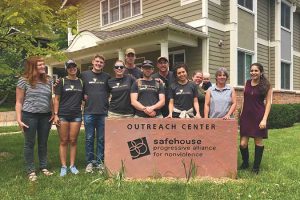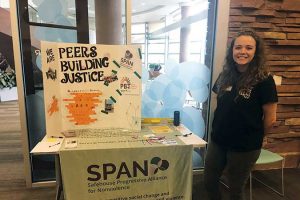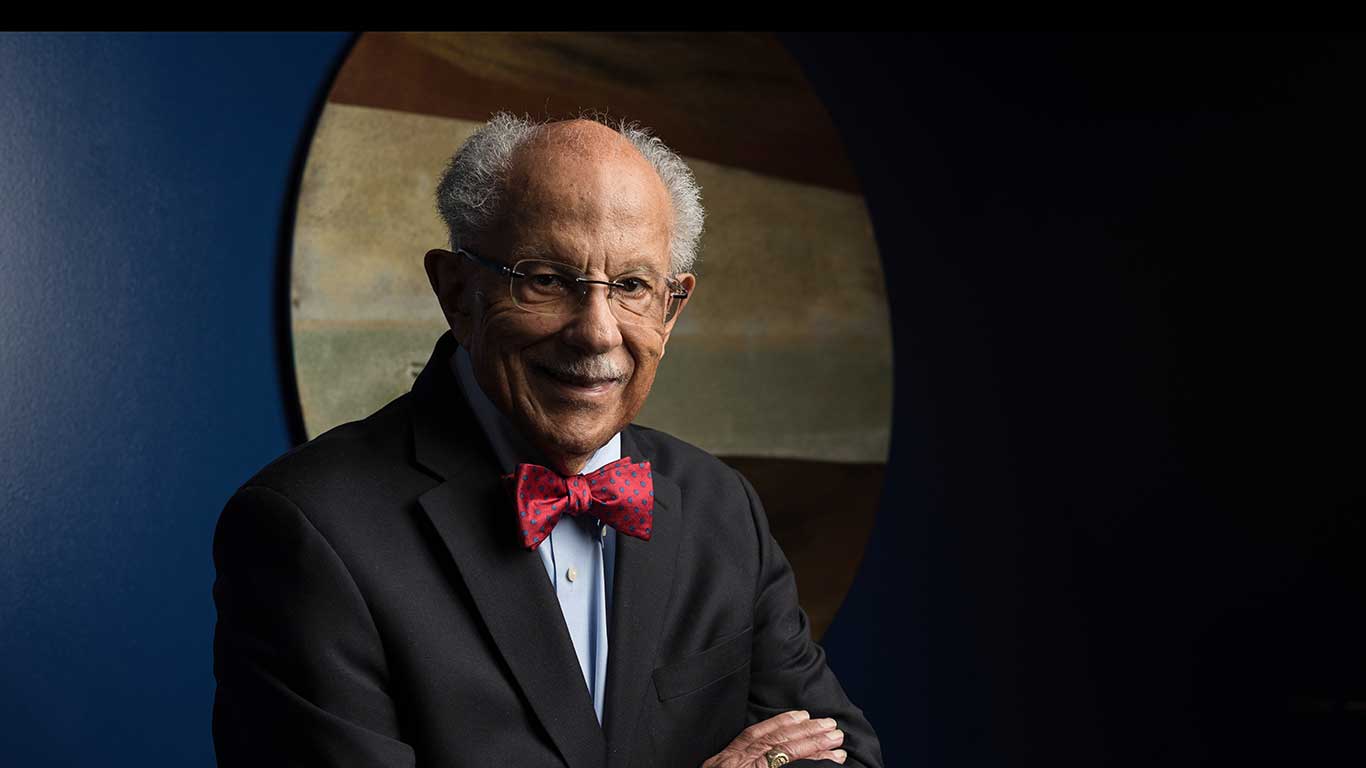Seeking Safety
01 Sep 2019
Boulder County’s Safehouse Progressive Alliance for Nonviolence helps victims and offenders through safe spaces and education
By Tom Brock Anne Tapp has witnessed nearly three decades of change in the domestic violence landscape of seemingly sublime Boulder County. She started her career at Safehouse Progressive Alliance for Nonviolence (SPAN) 28 years ago, when it was known as Boulder County Safehouse. An old, tiny home and a bit of borrowed space in a nearby church housed victims seeking refuge—the office for the entire operation and space for domestic-violence programs. Boulder Magazine publisher Tom Brock talked with Tapp about the early years of the organization, how the country’s current social climate affects violence here at home and what she considers the future of fighting domestic violence. Tom Brock: What were some of the major issues you dealt with early in your career? Anne Tapp: We had just started our transitional housing program and it was an eight-unit apartment complex. It was owned by Boulder Housing Partners, and we ran the direct service piece. It was one of the first transitional housing programs for domestic violence survivors in the state. We learned a lot about what the post-crisis, post-shelter needs were as families rebuilt after crisis. Since that time, we have expanded to look at permanent housing for survivors, and that housing piece is such an enormous barrier for people moving out of crisis. T: The name change, from Boulder County Safehouse to Safehouse Progressive Alliance for… A: Nonviolence. It’s a mouthful. T: SPAN is easier. Why the change? A: Yes, we’re pushing SPAN. We changed the name in about 2004, and it was driven by the recognition that the safehouse is just a component of what we do, and that by that time we’d really expanded programs to include earlier intervention. So, how do we provide support before someone feels like the only thing they can do is flee in the middle of the night and come to a shelter? And then, what are the needs after shelter? How do you help people rebuild their lives after shelter? We wanted to get the focus off of just safehouse and get the community thinking about what does nonviolence look like, and how do we do that partnership or alliance with other community efforts? Also, the city of Broomfield became its own county. We have served Broomfield since we opened our doors in 1979, so we wanted to make clear that the Boulder County Safehouse wasn’t just attached to Boulder County.













